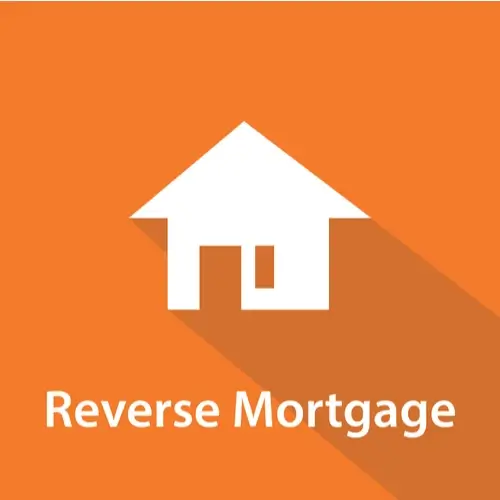

According to a recent Genworth study, every day until 2030, 10,000 “Baby Boomers” will reach the age of 65. And another study found that seven out of ten seniors will require long-term care before the end of their lives. However, not everyone has the financial reserves to pay for that expensive care. National averages for assisted living and nursing home prices range from $4,500 to $9,000 a month. If you or your spouse need long-term care, and don’t have the means to pay for it, you may want to consider a reverse mortgage.
What is a Reverse Mortgage?
A reverse mortgage is a type of home equity loan that does not need to be repaid until you move out of the house or sell it. They allow homeowners to stay in their homes while pulling out their home equity over time for added income.
Reverse mortgages backed by the federal government – and most are - are known as Home Equity Conversion Mortgages, or HECMs, and have a federal limit of $970,800. They are available to homeowners aged 62 or older who have at least 50% equity in their homes. The borrowers must still be able to pay the taxes and insurance on the home for the duration of the loan.
How much money you can borrow will depend on how old you are and how much your home is currently worth. All the money you pull out is all tax-free and will not affect your eligibility for Social Security or Medicare benefits.
Long-term Care Possibilities
While there are no restrictions on the way you use the money you receive from a reverse mortgage, there are stipulations about the borrower residing in the home. So if you are single and need to move into a long-term care facility, a reverse mortgage would not be a way to pay for that care. If your spouse needs long-term care but you are physically able to stay in the house, a reverse mortgage might be a good way to finance their living situation. This type of loan would work for paying the salaries of a home health aide or a live-in nurse, as your home would remain your primary residence.
Considerations
There are some things to think about before jumping into a reverse mortgage. First, as with any mortgage loan there are closing costs and fees. Most of the time they rolled into the loan so that you do not pay for them upfront, but they still generally cost between 3%-5% of the loan total and you will have to pay it back over time. Most reverse mortgages also come with interest rate charges.
And when you move out of the home or pass away, the reverse mortgage comes due. It can be repaid by your heirs if they want to keep the house. If they do not want to or can’t repay the loan, the home will be sold, with the lender getting repaid from the profits of the sale.
When it comes to long-term care needs, a reverse mortgage may be a helpful way to pay for those steep monthly fees. Ask us to determine if it makes sense for your situation.
These materials are not from HUD, VA, or FHA and were not approved by HUD or any other government agency.
